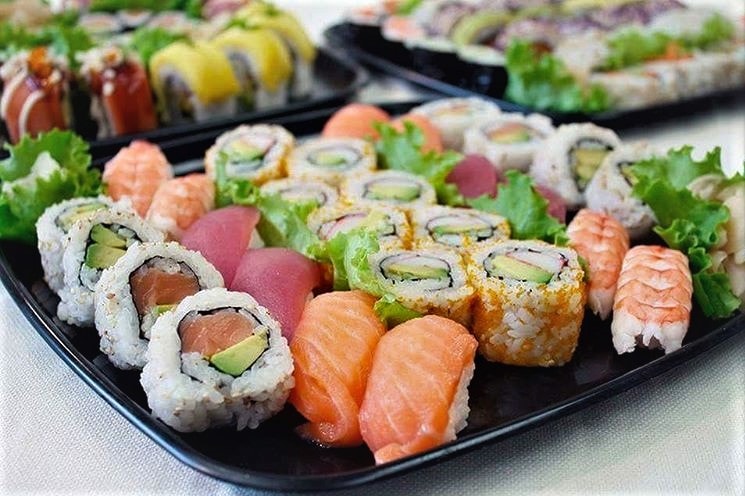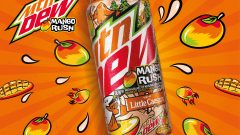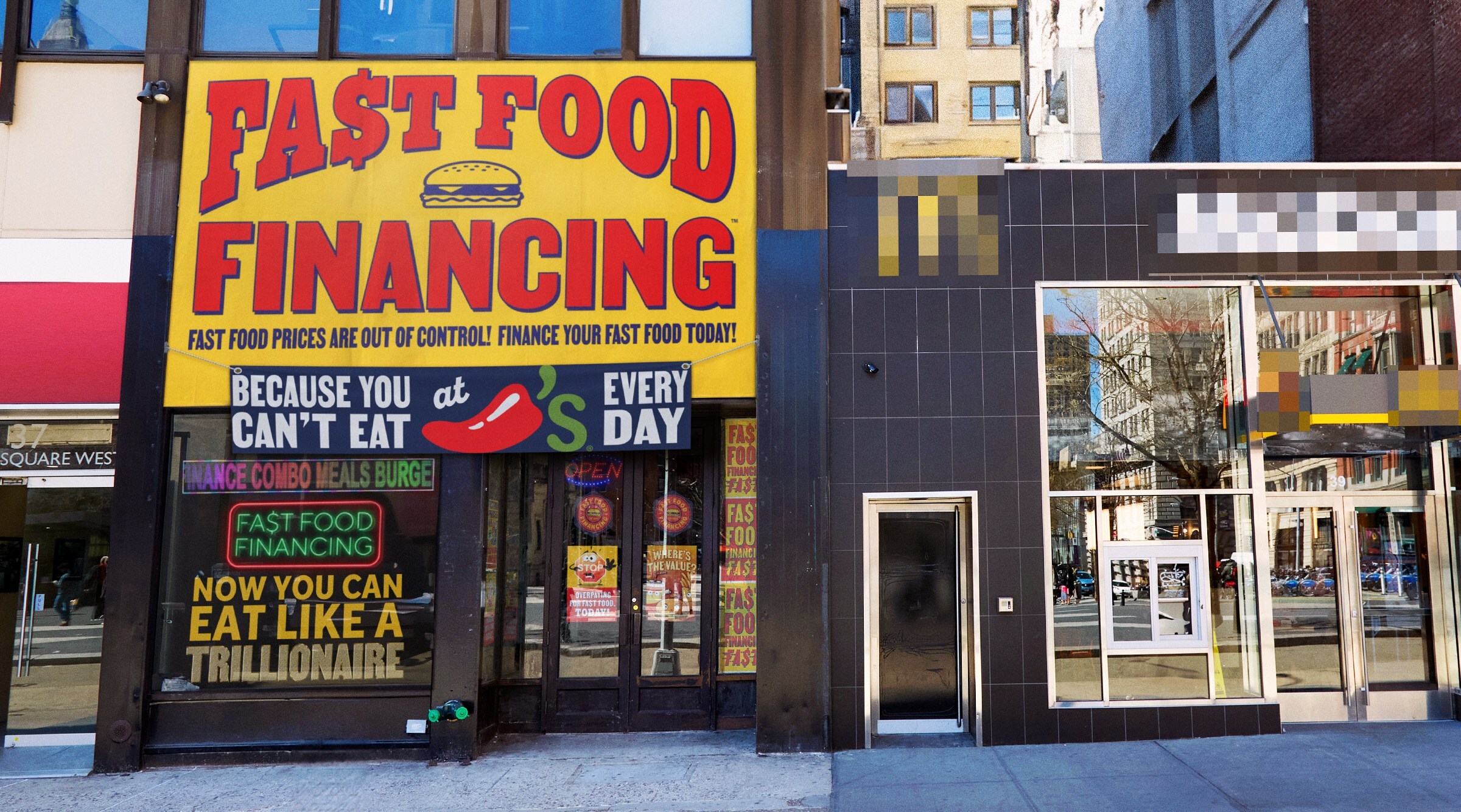How Whole Foods Turned This Mom-And-Pop Sushi Restaurant Into A Multinational Empire

If you’ve walked into a Whole Foods recently, chances are that you’ve seen a sushi bar or containers of fresh sushi in the store. They’re made by Genji, a large vendor that serves Whole Foods in over 150 locations in both the US and UK. It’s a large number of supermarkets to service, but Genji wasn’t always that way. In fact, it started out as a mom-and-pop shop before the organic grocery giant brought them into the national spotlight.
Back in 1997, Genji Sushi was a hometown favorite in Philadelphia. Run by the Omori family, it was valued for its high quality and fresh ingredients. Whole Foods was just opening up stores in Philly at the time, and approached them to see if they would be willing to run a few in-store sushi bars in the area. The family agreed, and it quickly boomed as locals rushed in to get convenient, fresh sushi.
The partnership between Genji and Whole Foods only grew from there. By 2005, the sushi business had to change models to keep up with growth, and was acquired by the Peace Dining Corporation. This helped them gain access to a commercial kitchen and distribution center, where chefs could be trained and supplies acquired and sent out.
Today, Genji employs 900 trained sushi chefs across 180 locations in the United States and United Kingdom. They’re not just prepping fish and rice at a facility and sending it out, though: There’s quite a variety in the Omori’s new empire for these chefs to cook in. There are the aforementioned sushi bars, where fresh sushi is prepared daily and packed in containers for those looking for a meal on-the-go. However, there are also quite a few restaurant concepts within specific Whole Foods locations that Genji serves.
Genji’s restaurants go beyond sushi as well, though the pieces of vinegary rice and fresh fish still play a major role. For example, you can find steaming bowls of ramen alongside the rolls at Genji Ramen and Sushi Bars, which has a few locations dotted within Whole Foods stores around the nation. There’s also an izakaya concept that features several small plates of Japanese delicacies on the menu. At Tam Tam Ramen, you can find more ramen bowls alongside Japanese fried chicken and bao sliders.
The company’s most ambitious restaurant to date has to be Sushi Kano. Located in Bryant Park, New York, it features an omakase-style menu at varying price levels. Definitely not what you would expect to find inside of a Whole Foods.
Genji has definitely come a long way from the mom-and-pop restaurant it used to be. Now, it’s part of a vast Amazon-backed grocery empire, serving as more than just a sushi vendor. It has evolved into the unique combination of both restaurant group and grocery supplier that provides fresh sushi at a direct-to-consumer level. Who else in the industry has an approach as innovative as that?






















